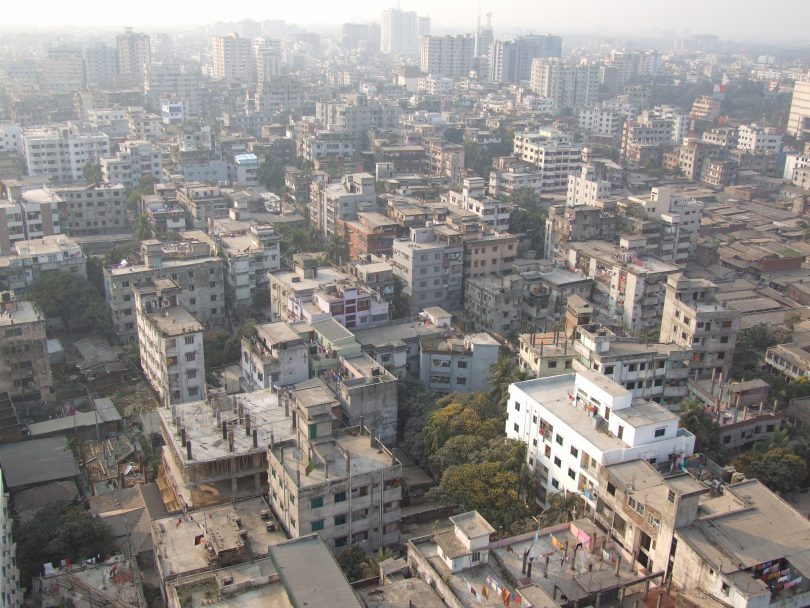Described by the World Health Organisation as an increasingly “important public health problem,” intimate partner violence (IPV) is one of the most common forms of violence against women.
While a global threat, the prevalence of IPV is especially high in Asia, with 41.7 per cent of South Asian women having experienced some form of IPV in the last year, according to data supplied by WHO in 2017.
Contrastingly, East Asia recorded the lowest frequency of IPV, with only 16.3 per cent of women experiencing some form of violence from past or present partners.
But first, isn’t intimate partner violence and domestic violence the same thing?
Well, kind of. IPV is a type of domestic violence perpetrated by a former or current partner and commonly manifests in either physical or sexual violence.
What’s most concerning is the correlation between escalating IPV and ‘femicide’, a phenomenon regarded by WHO as the “intentional murder of women because they are women”.
A 2017 global study on homicide found 58 per cent of intentional female deaths were at the hands of intimate partners or family members, meaning 137 women across the world were killed by a family member or intimate partner every day.
Of 87,000 deaths, 20,000 were recorded in Asia, making it the most concentrated continent for homicide by an intimate partner or family member in the world.
So where exactly is IPV most prevalent in South Asia?
IPV is most pervasive in Bangladesh, where more than half of ever-partnered women and girls aged over 15 reported experiencing some type of physical and/or sexual violence in their lifetime.
Of the top 10 countries with the highest concentrations of IPV, South Asian countries accounted for half. Between 24 and 29 per cent of women from India, Sri Lanka, Nepal and Pakistan have experienced some form of violence by an intimate partner.
A report conducted by the Overseas Development Institute (ODI) in 2017 suggested that a range of patriarchal norms often form the basis for men to inflict gendered violence and might be the reason IPV is widespread in South Asian society.
Why might IPV in East Asia be so low?
The low concentration of IPV in the East Asian region may have something to do with its higher rates of physical security and gender equality.
In a McKinsey Global Institute analysis of gender equality in the region, it found that countries such as Singapore, Japan and the Philippines all scored high in women’s physical wellbeing, including safety from sexual violence.
A gender equality index in 2018 found Singapore and Japan both scored within the top 25 gender-equal countries, while the Philippines scored 98 out of 189 countries.
Women in Bangladesh and Pakistan feel most unsafe, recording low scores of 0.64 and 0.73 respectively.
(Featured Image: An aerial view of Dhaka, the capital of Bangladesh and home to 161.4 million people as of 2018. The South Asian country retains the highest rate of intimate partner violence in the Asian region, according to data by the United Nations Population Fund. AMINUR RASHID)







